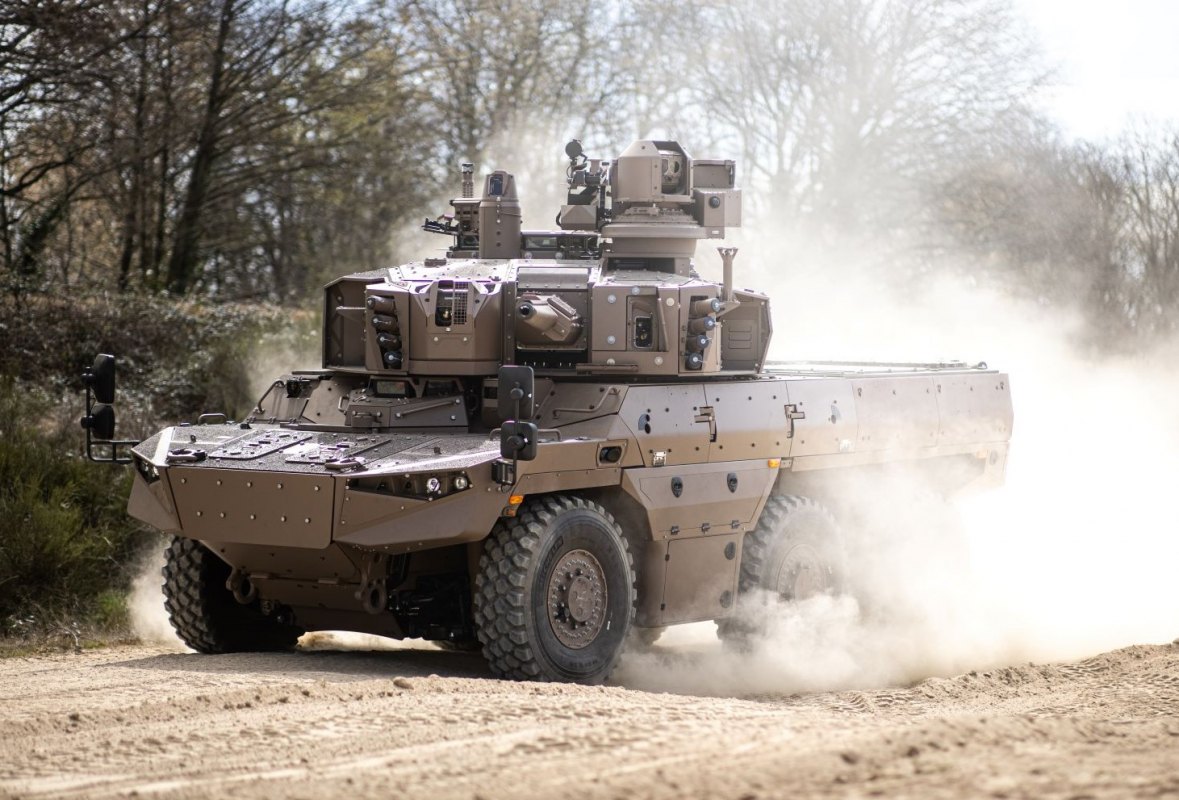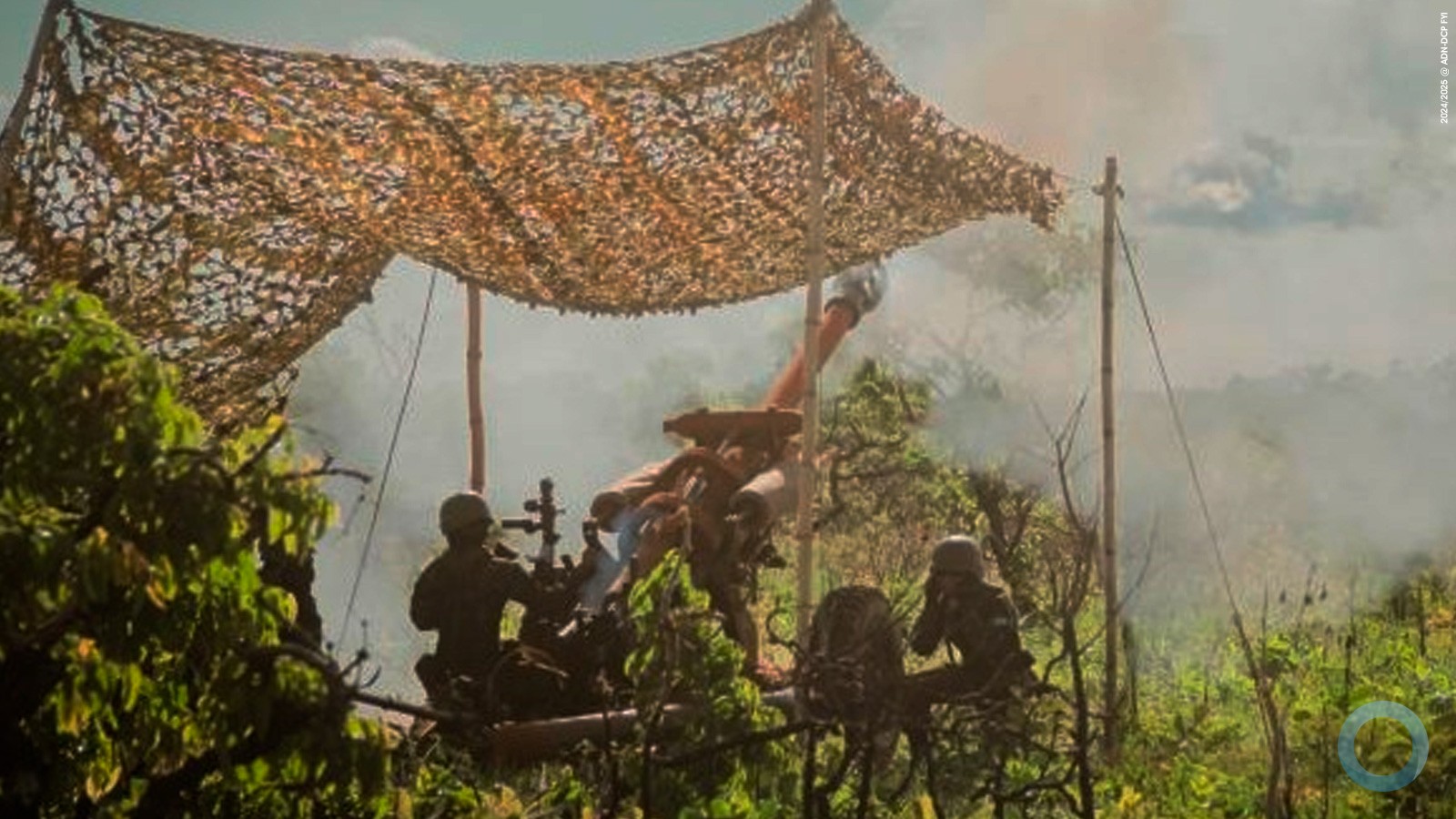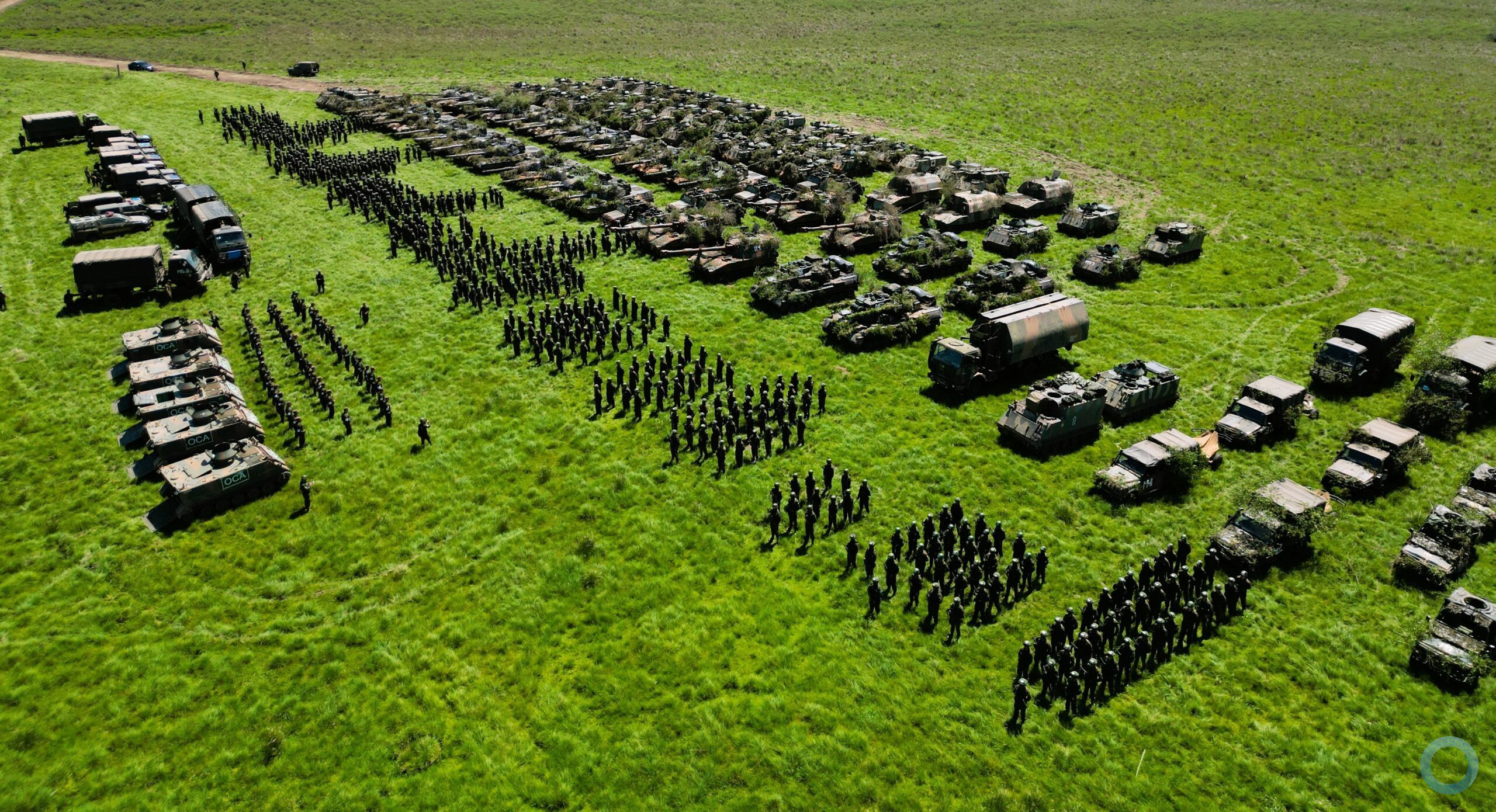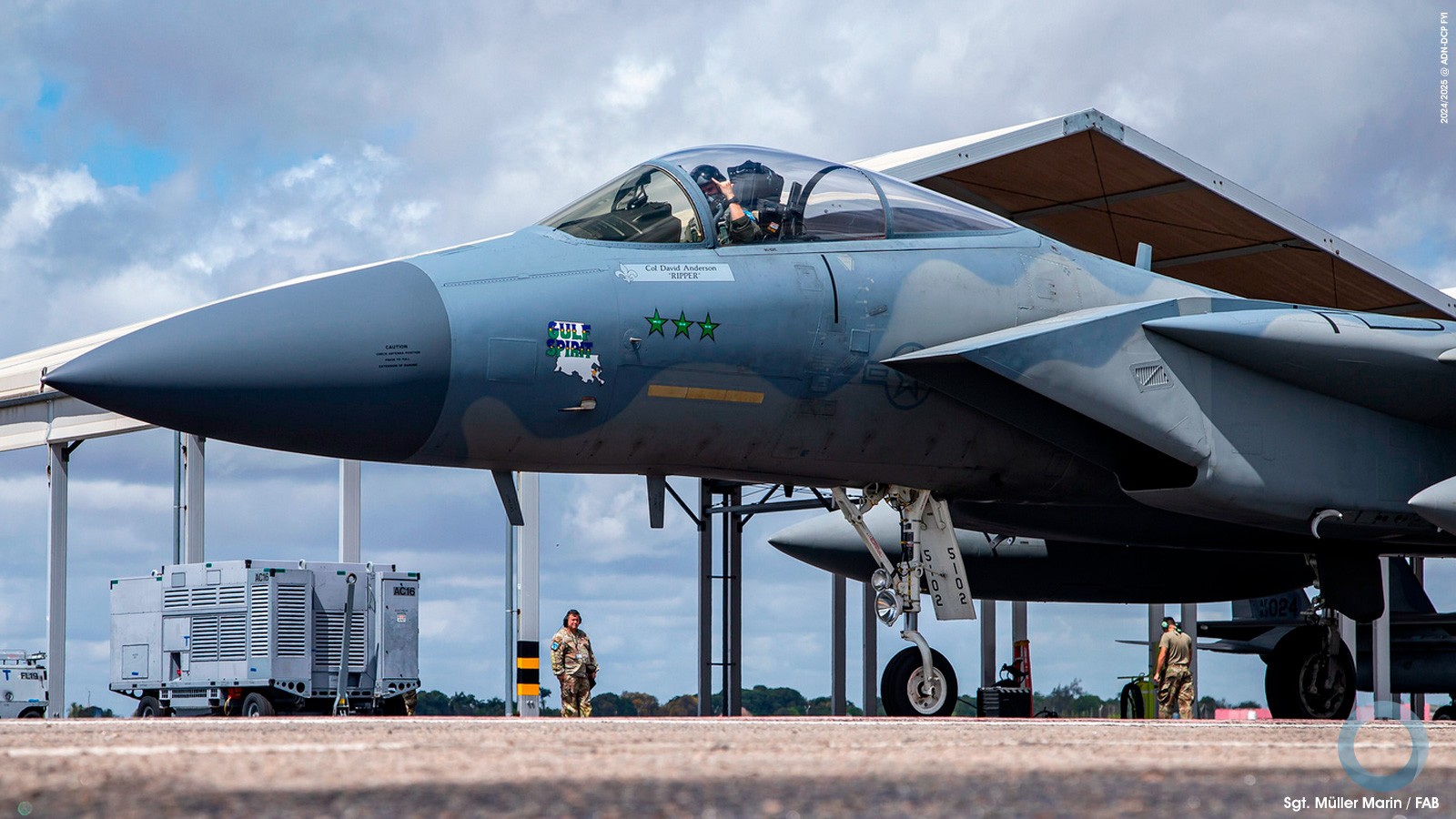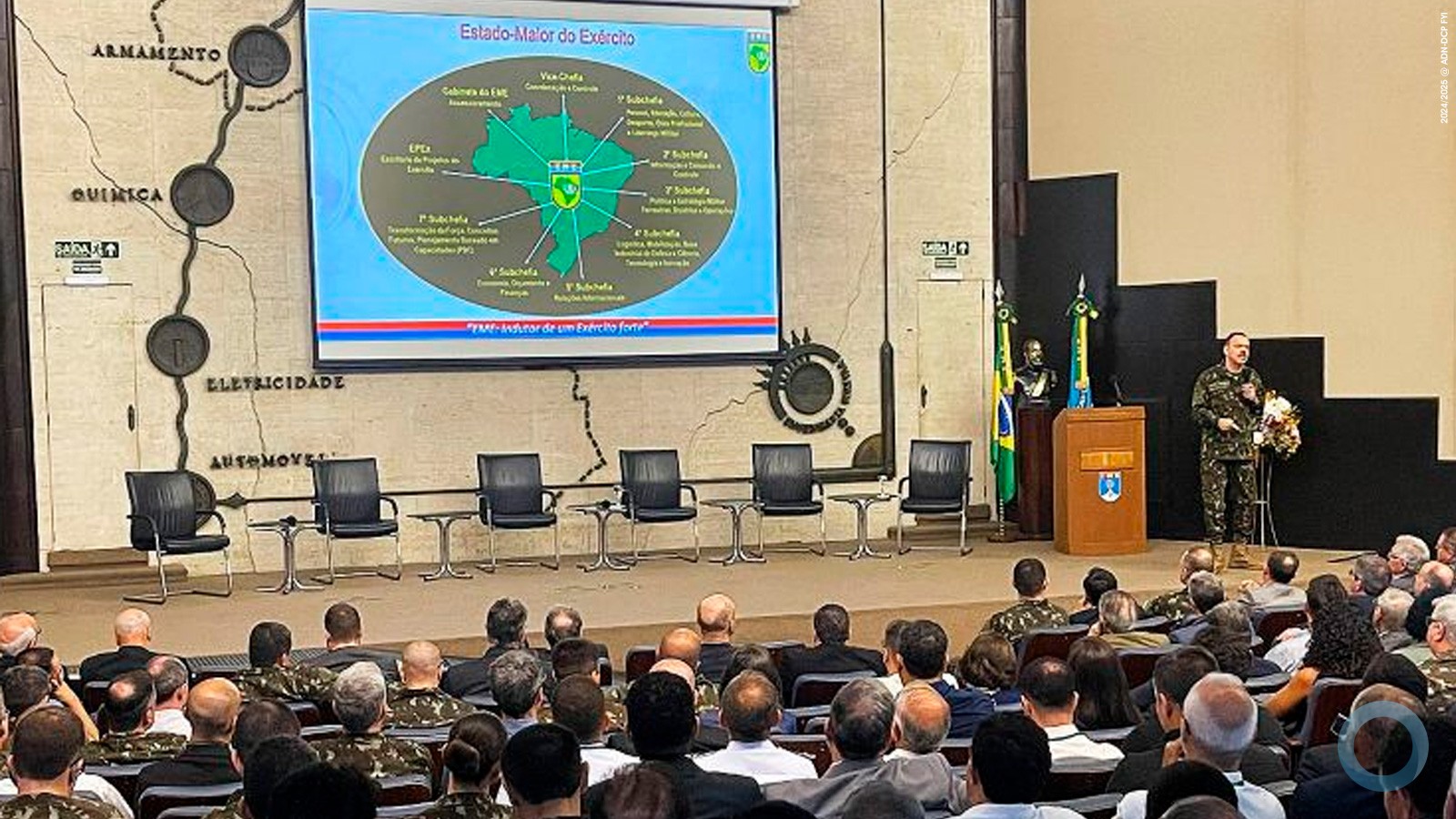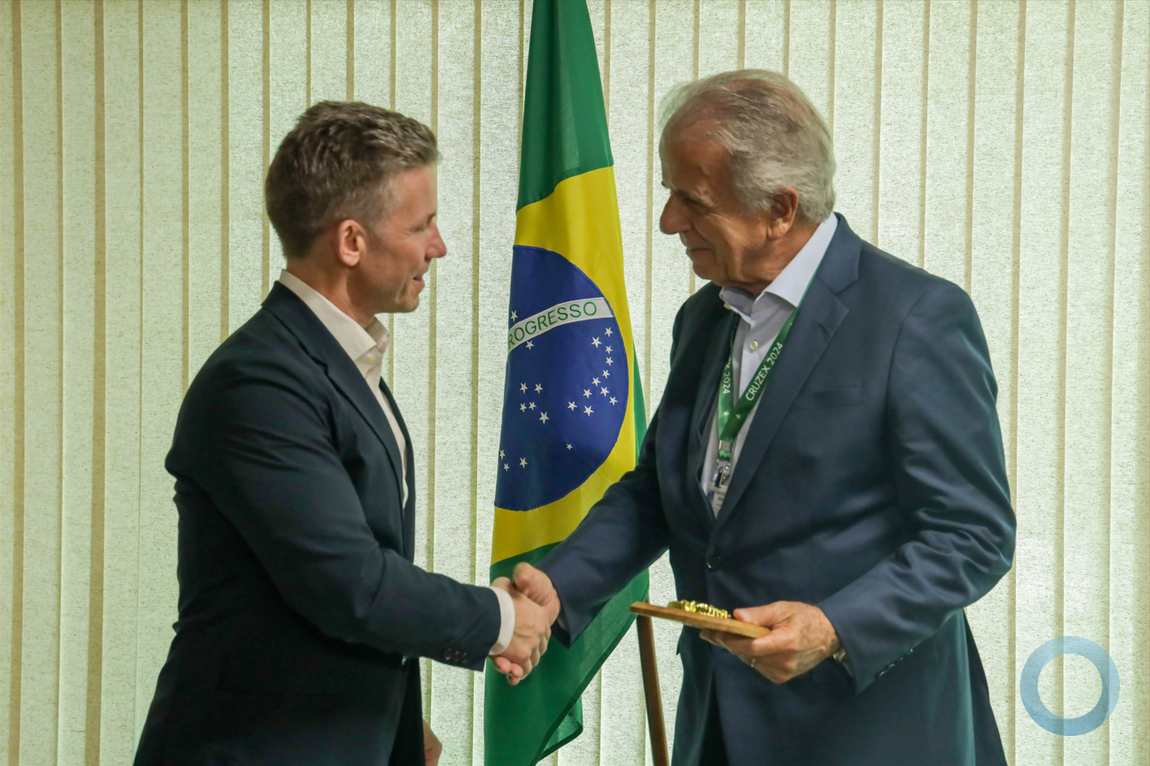Patrícia Comunello
The Brazilian Army’s (EB) Jungle Warfare Training Center (CIGS) , which is known worldwide for its high quality training, will further strengthen its international standing through two events scheduled later this year at the center's headquarters in Manaus, the state capital of Amazonas.
Preparations are in place to host the first class of the International Jungle Operations Traineeship (EIOS) and a symposium with the U.S. Army to strengthen relations with Brazil's north American partner. Previous Jungle Operations Courses (COS) were composed of mostly Brazilians and a few foreigners, but the upcoming EIOS will be for foreign Troops only.
“The CIGS has become more than a mere promoter of a course to develop a new mission due to the recognition that we have abroad,” said the CIGS commander, Infantry Colonel Alcimar Marques de Araújo Martins. “We are also focused on countries that can contribute more expertise on the tactical and technical levels.”
In addition to strengthening international ties, the center is beginning to adapt the structure and parameters for physical fitness and training so females can enroll in classes in 2017. In its more than five decades of existence, the COS has trained only three female soldiers, and two have graduated.
Preparation for exchange
Major Leonidas Domingues Teixeira Neto, head of the CIGS Education Division, expects an intense exchange of information, mostly on technical and tactical details, at the symposium with the delegation from the United States from October 17th-21st. “The Armies of the world often speak the same language in terms of operations. We want to learn techniques that can facilitate actions in the jungle. We will take note and evaluate possible applications here.”
CIGS instructors are learning English for the symposium, which was scheduled following talks between the two forces in 2015. The visit comes 52 years after the establishment of the center in Manaus in 1964. The COS was started two years later after 16 Soldiers from Brazil completed a traineeship at the U.S. Jungle Training Center in Panama, according to Maj. Domingues. The EB expects that some of the CIGS instructors will have the opportunity to visit the U.S.25th Infantry Division’s Lightning Academy Jungle Operations Training Center in Hawaii after the symposium.
The language skills will also help at the training during the EIOS that runs from September 12th to October 26th, Maj. Domingues explained. The EIOS initially offered 25 vacancies but by April it already had 55 students enrolled. “Given that it will be completely in English, the interest increased,” Col. Alcimar stated.
Other initiatives will also increase visits by COS instructors from the center in Manaus, which is linked to the Amazon Military Command (CMA), to replicate the training for similar units in Mexico, Thailand, and French Guiana. The exchanges were defined as part of the Bilateral Conferences of the Army Staff (CBEM).
In Thailand, there are similar tropical jungles and an interest in seeing how the Military moves through flooded areas, Maj. Domingues explained, adding he's excited about the second edition of the CMA’s International Patrols Competition, which will take place on August 15th-26th. “It’s a competition, but it serves to disseminate knowledge in the jungle, and we expect at least 10 foreign teams.” The region, known as the “Cursed Square” is the foundation of jungle warrior training. The center is undergoing $160,000 in improvements between 2015 and 2016 so it can house training and other events, according to Col. Alcimar.
More than 6,000 Soldiers trained
“If we perish defending the Brazilian Amazon, O God, allow us to do so with dignity and deserving of victory. Selva! (“Jungle!” in Portuguese)”
This is a part of the prayer that Jungle Warrior and Staff Sergeant Fábio Gonçalves Matos proclaimed while wearing a camouflage uniform and face paint during a Military parade on April 7th at the headquarters of the 61st Jungle Infantry Battalion in Cruzeiro do Sul, Acre, during Operation Traíra . The operation involved Troops from Brazil, Colombia, and Peru working together to combat transnational crimes.
In 2003 Second Lt. Matos completed the 12-week CIGS training, which is divided into jungle survival skills, special techniques, and jungle operations. “We need to understand and know how to deal with the jungle to defend Brazil."
During Operation Traíra, 2nd Lt. Matos and his Battalion applied the techniques and tactics learned during the course. In addition to training in the jungle, students participate in operational missions, including some on the border between Brazil and countries that participated in Operation Traíra.
“In 2015, the participants made inroads in the northern part of the Amazon," Maj. Domingues said. "We sank dredges that were being used for the illegal extraction of gold and we blew up clandestine airstrips. The Soldiers are prepared with everything they need to know about the Amazon and they can act as members of a Special Border Platoon (PEF)," which are stationed at Brazilian outposts.
More than 6,000 Soldiers, including 482 foreigners from a total of 29 countries, have graduated from the CIGS course since it was launched in 1966, according to CIGS. The countries that have sent the most participants are France (108), Ecuador (61), Argentina (56), Guyana (40), Suriname (32), and the United States (26).
Ninety participants arrived at the CIGS headquarters on April 3rd to start a new edition, with 70 passing the first week, including eight foreigners. The twenty that dropped out "requested to leave," Maj. Domingues said. "The operating environment of the forest already has an aspect of natural selection. The Soldier arrives, looks, and sees that it’s not for him."
Female warriors
The EB is expected to usher in a new era by allowing women into combat training units, including at the Army Cadet Preparatory School (EsPCEx), the Military Academy of Agulhas Negras (AMAN), and the Combat Sergeants School (ESA). “We’ve been working toward this goal for three years and we are looking at how to proceed,” Col. Alcimar said.
Federal legislation from 2012 paved the way for female students to enroll in schools with vacancies in 2016, with EsPCEx, AMAN, and ESA expected to see a higher volume of female applications. “The two female students who completed the course in 2009 reported that the greatest difficulties were with the physical requirements," Maj. Domingues explained. "A soldier always carries more weight, and women feel that more. Still, the two students did very well and were approved.”
However, all soldiers enrolled in the program will have their heads shaved to help prevent them from contracting Rhabdomyolysis , a syndrome characterized by muscle necrosis caused by dehydration and high physical stress.
First Lieutenant Camila Tochetto, a veterinarian at the CIGS' zoo, will apply for a spot in the COS, which she says could become more popular with female Soldiers.
She said the haircut is "the least of the problems," choosing to focus on the physiological differences between men and women. “You have to begin the physical training months beforehand to pass the preliminary tests. You then have to reconcile the psychological aspects.
The CIGS website [Link] contains lists showing the recommended caloric intakes and nutritional guidelines for men and women. “Our parameters are already adjusted for women," Col. Alcimar stated. "We just haven’t had any who were interested yet."






